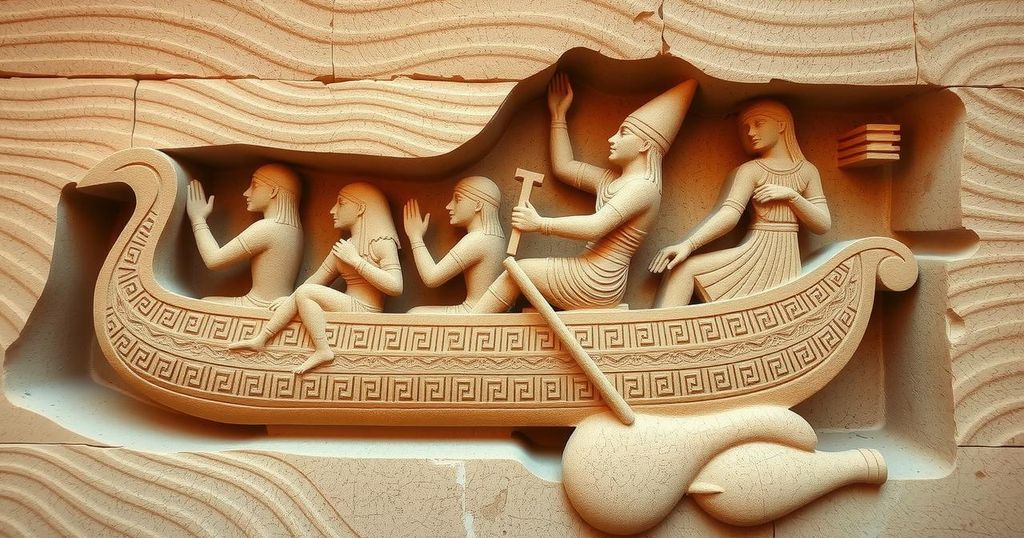Archaeology Breakthrough as Rare Rock Carving Reveals Key Secrets About Ancient Egyptian Kings
- Archaeologists discovered a remarkable rock carving in southern Egypt.
- The carving, dating back to the fourth millennium BC, predates the pyramids.
- It features a seated figure resembling early Egyptian kings with a false beard.
- The boat depicted presents an intriguing cultural and symbolic meaning in ancient Egypt.
- The finding could shed light on the political landscape of early dynastic Egypt.
Unearthing Secrets of Ancient Rulers
In a groundbreaking discovery, archaeologists have unveiled an extraordinary rock carving in southern Egypt that could reshape existing perceptions regarding the country’s ancient rulers. This rare etching was found intricately carved into a piece of sandstone near Aswan, and initial assessments suggest it dates back to the fourth millennium BC. This was long before the iconic pyramids were built, shining a light on an era that remains relatively obscure.
Insights into Early Dynastic Politics
The remarkably intact carving showcases a seated figure adorned with features typical of early Egyptian kings. Notably, this figure wears a long, pointed false beard which is a signature mark of Pharaohs. As reported in the scholarly journal Antiquities, this enigmatic figure is thought to represent a member of the political and military elite from Egypt’s First Dynasty, a time notably associated with the unification of the region.
Boat Symbolism in Ancient Egyptian Art
Intriguingly, the figure is illustrated on an intricately designed boat, being propelled by five individuals while another steers with an oar. Contrary to initial speculation, this figure is not believed to be Pharaoh Narmer, known as Egypt’s first pharaoh around 3100 BC, which leaves the true identity of this elite warrior shrouded in mystery. Furthermore, this artwork was discovered deep within a sizeable sandstone outcrop that functioned as a quarry, indicating its historical significance. The carving faced upstream on the Nile, symbolizing directionality in ancient Egyptian transit and possibly alluding to significant ceremonial voyages.
In summary, the recent discovery of a rare rock carving near Aswan has unearthed potential new understandings of ancient Egyptian rulers from the First Dynasty. As Egyptologists examine these findings, it becomes clear this artifact holds substantial value as a piece of history, illuminating the complex societal structures and ideologies of early Egypt. The significance of the boat and its implications within ancient art further enrich our comprehension of the era’s political landscape and the formation of statehood.




Post Comment